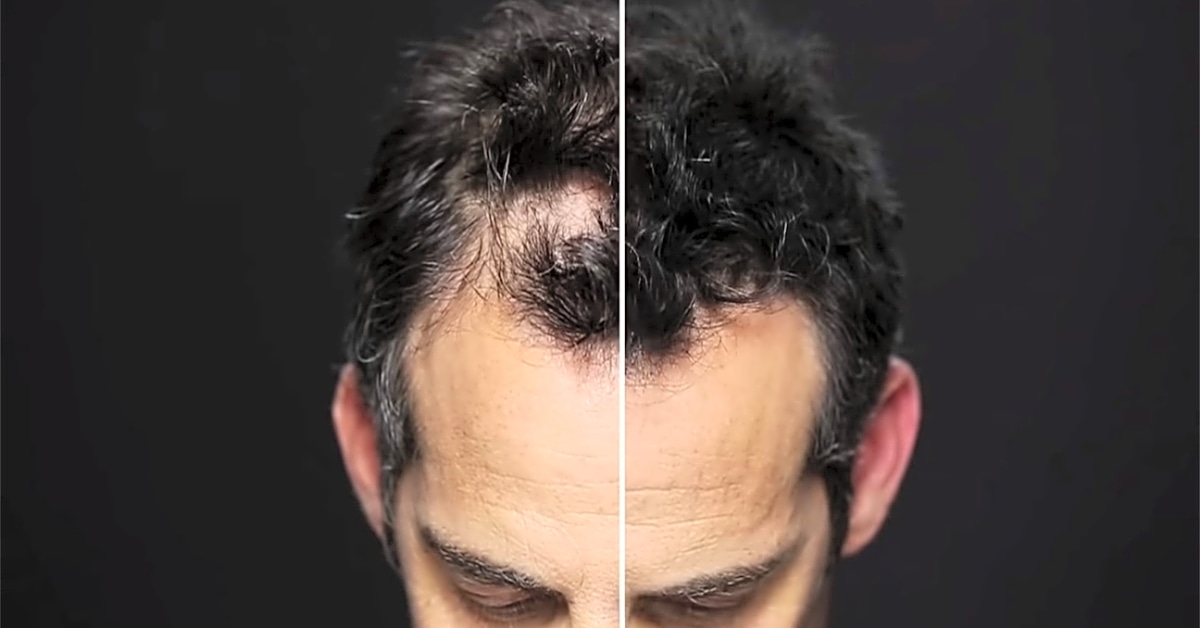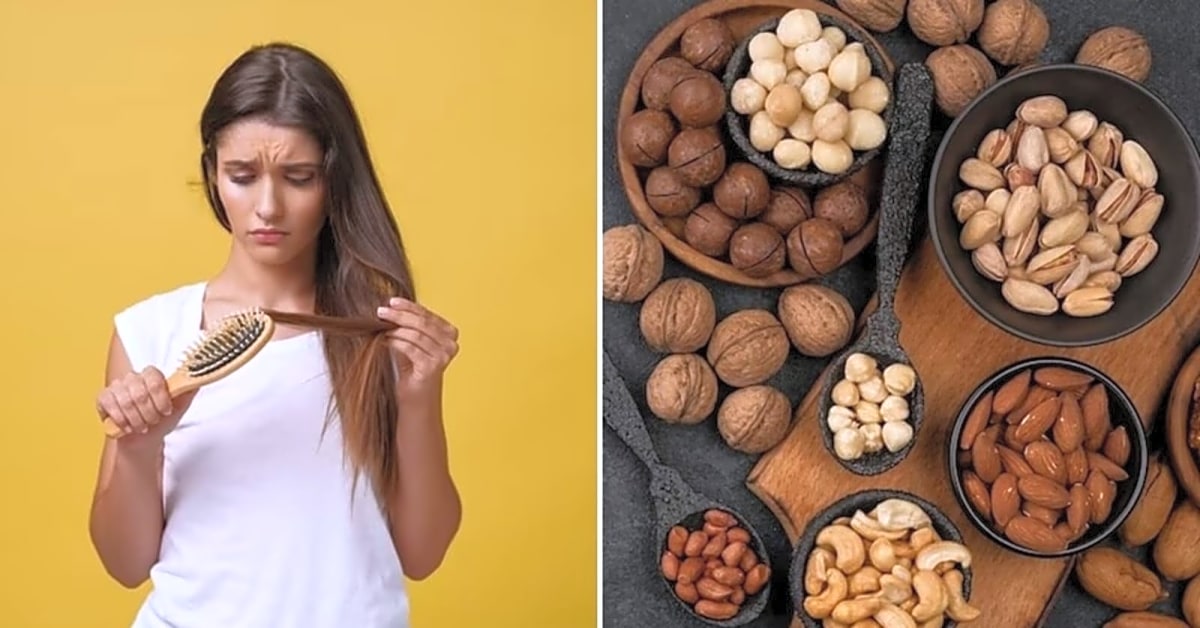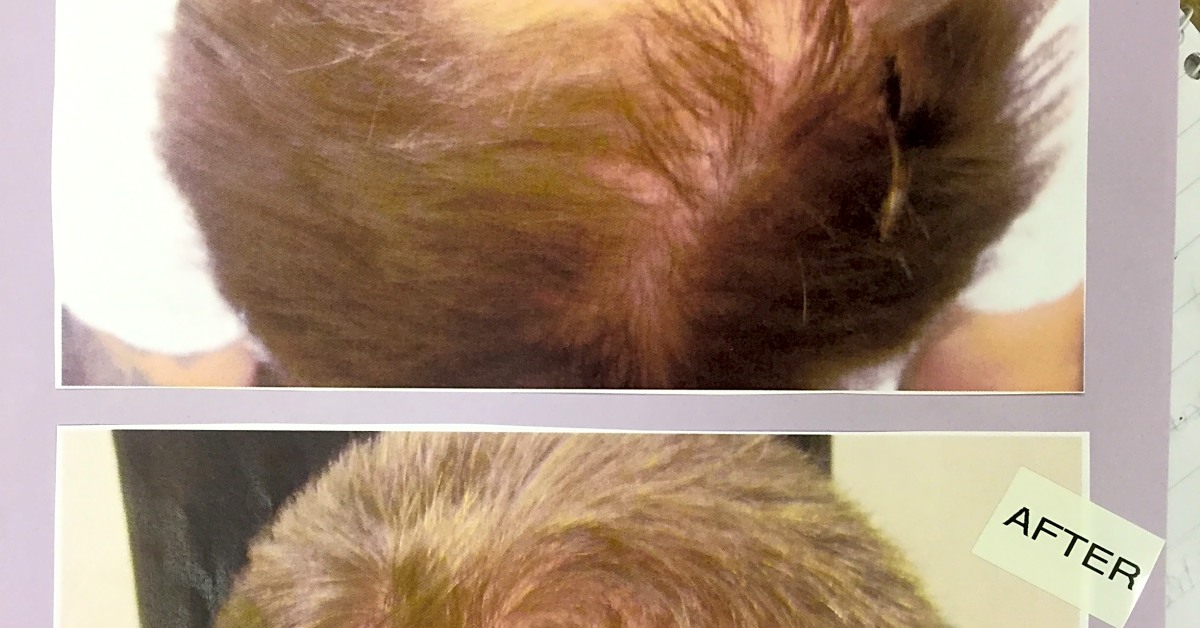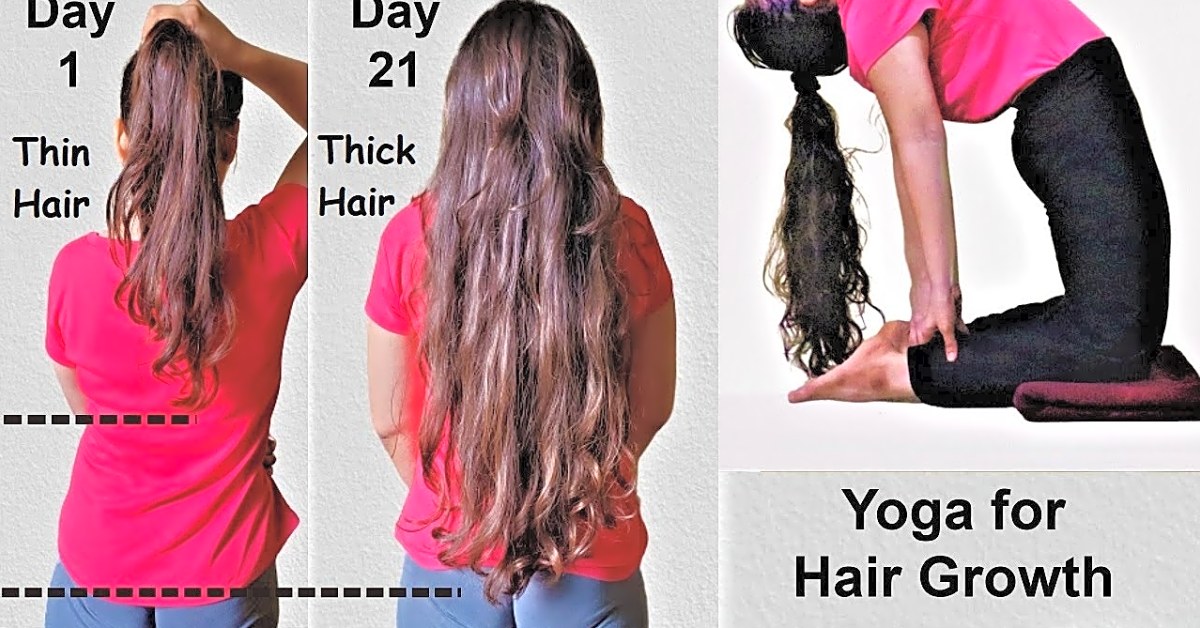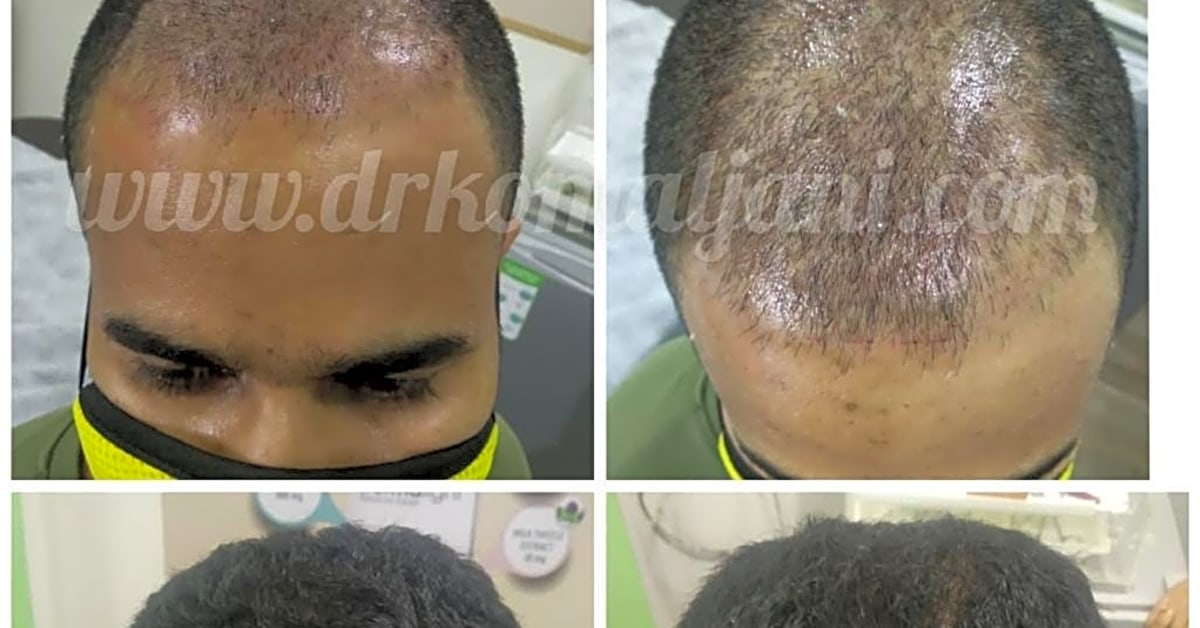Hair loss is a common issue that affects millions of people around the world, regardless of age, gender, or ethnicity. It can be caused by various factors such as genetics, stress, hormonal changes, and even certain medical conditions. For many, losing hair can be a source of insecurity and can greatly impact their self-confidence and overall well-being. This is where hair fibers come in – a revolutionary hair restoration product that has been gaining popularity in recent years. In this article, we will cover everything you need to know about hair fibers, from how they work to tips for preventing baldness and restoring hair. So whether you’re struggling with hair loss or simply looking for ways to improve the appearance of your hair, keep reading to learn more about this amazing product.
Are you experiencing hair loss? You’re not alone. According to the American Academy of Dermatology, about 80 million people in the United States experience hair loss. It can be a frustrating and emotional experience, but understanding the causes of hair loss can help you find effective ways to prevent or slow down the process.
Hair loss, also known as alopecia, can be caused by a variety of factors. The most common cause is hereditary male or female pattern baldness, which is a genetic condition that affects about 50 million men and 30 million women in the US. Other causes include hormonal changes, certain medications, stress, diet, and underlying medical conditions.
For men, hair loss typically begins at the hairline and temples and eventually leads to a receding hairline and bald spots on the crown of the head. For women, it usually starts with thinning of the hair all over the scalp, but does not usually lead to complete baldness.
But regardless of the cause, hair loss can be distressing for both men and women. That’s why many people turn to various treatments and products to help slow down or even reverse the process.
Effective treatments for hair loss
There are several effective treatments available for hair loss, including medications, supplements, and procedures. The most common medication is minoxidil (brand name Rogaine), which is available over-the-counter for both men and women. It works by increasing blood flow to the scalp and stimulating hair growth.
Another popular medication is finasteride (brand name Propecia), which is only available with a prescription for men. It works by blocking the hormone responsible for male pattern baldness.
In addition to medications, there are also supplements that claim to promote hair growth and prevent hair loss. These include biotin, iron, and saw palmetto. However, it’s important to consult with a doctor before starting any supplements, as they may interact with other medications or have side effects.
For more severe cases of hair loss, there are also procedures such as hair transplants and scalp micropigmentation. These treatments involve surgically implanting hair follicles or tattooing the scalp to create the appearance of fuller hair.
Specific information for male and female hair loss
While the causes of hair loss may be similar for both men and women, the treatments may differ. This is because the hormones and genes that play a role in hair loss are different between genders.
For men, medications like finasteride and minoxidil are typically the most effective options. However, women may not be able to use finasteride due to its potential side effects on pregnancy. In this case, minoxidil is usually the recommended treatment.
It’s also important to note that hair loss in women can be caused by hormonal imbalances, such as polycystic ovary syndrome (PCOS) or menopause. In these cases, treating the underlying condition may help with hair loss.
The role of hair fibers
One popular option for concealing thinning hair is using hair fibers. These are tiny fibers made of keratin (the same protein that makes up our hair) that attach to existing hair strands and create the appearance of thicker hair. They come in different shades to match your natural hair color and can be easily applied with a special applicator.
However, it’s important to note that hair fibers are not a cure for hair loss. They are simply a temporary solution to conceal thinning areas and give the appearance of fuller hair. It’s always best to consult with a doctor or dermatologist for personalized advice on treating hair loss.
In conclusion
Hair loss can be a frustrating and emotional experience, but there are effective treatments and products available to help slow down or even reverse the process. Understanding the causes of hair loss can also help you make informed decisions about the best course of action for you. Remember, hair fibers may help with the appearance of fuller hair, but they are not a cure for hair loss. Consult with a medical professional for personalized advice and treatment options.
Effective Treatments and Products for Hair Loss
Hair loss can be a frustrating and distressing experience for many people. Fortunately, there are various treatments and products available that have been proven to be effective in restoring hair. These may include medications, supplements, or topical solutions.
Understanding Hair Loss: Causes and Prevention
Hair loss is a common issue that affects both men and women. There are several factors that can contribute to hair loss, including genetics, hormonal changes, and medical conditions.
Genetics play a major role in determining whether or not a person will experience hair loss. If you have a family history of baldness, you are more likely to experience it yourself. This is because certain genes can make your hair follicles more sensitive to dihydrotestosterone (DHT), a hormone that can lead to hair loss.
Hormonal changes can also cause hair loss. For example, during menopause, women experience a decrease in estrogen levels, which can lead to thinning hair. In men, an increase in DHT levels during puberty can also contribute to hair loss.
In addition, certain medical conditions can cause hair loss. These can include thyroid disorders, scalp infections, and autoimmune diseases.
So what can you do to prevent or slow down the process of hair loss? First, it’s important to maintain a healthy diet and lifestyle. Eating a balanced diet rich in vitamins and minerals can help keep your hair healthy and strong. Additionally, reducing stress levels and getting enough sleep can also promote hair growth.
There are also various treatments available for preventing or slowing down hair loss. These include medications, supplements, and even laser therapy. Consult with a doctor or hair specialist to determine the best course of action for your specific situation.
Male vs Female Hair Loss: Differences and Similarities
Hair loss is a common problem for both men and women, but the causes and treatments can vary greatly between the two genders. While there are some similarities in the types of hair loss experienced, it’s important to understand the differences in order to find the most effective solutions for each. In this section, we will break down the key differences and similarities between male and female hair loss.
Causes of Hair Loss:
The most common cause of hair loss in men is androgenetic alopecia, also known as male pattern baldness. This type of hair loss is caused by a combination of genetics and hormones, specifically dihydrotestosterone (DHT). DHT causes miniaturization of hair follicles, resulting in thinner and shorter hairs until eventually, they stop growing altogether.
In contrast, the most common cause of hair loss in women is female pattern hair loss. This type of hair loss is also influenced by genetics and hormones, but it typically presents differently than male pattern baldness. Women tend to experience overall thinning of the hair rather than specific areas of baldness.
Treatments for Hair Loss:
The most common treatment for male pattern baldness is the use of medications such as finasteride and minoxidil. These medications work by blocking DHT or promoting hair growth. However, these treatments may not be as effective for female pattern hair loss as the underlying causes may differ.
For women, there are various treatment options available depending on the cause of their hair loss. Some may benefit from medications such as minoxidil or spironolactone, while others may require hormone therapy or even surgery in severe cases.
Conclusion:
While both men and women can experience hair loss, it’s important to understand the differences in order to find the most effective treatments. By identifying the specific causes of hair loss and seeking out gender-specific solutions, both men and women can successfully prevent baldness and restore their hair.
In conclusion, hair fibers can be a helpful tool in concealing hair loss and restoring confidence. However, it’s important to address the root cause of hair loss and seek professional advice for the best treatment plan. With the information provided in this article, you now have a better understanding of hair fibers and how they can fit into your hair restoration journey.

